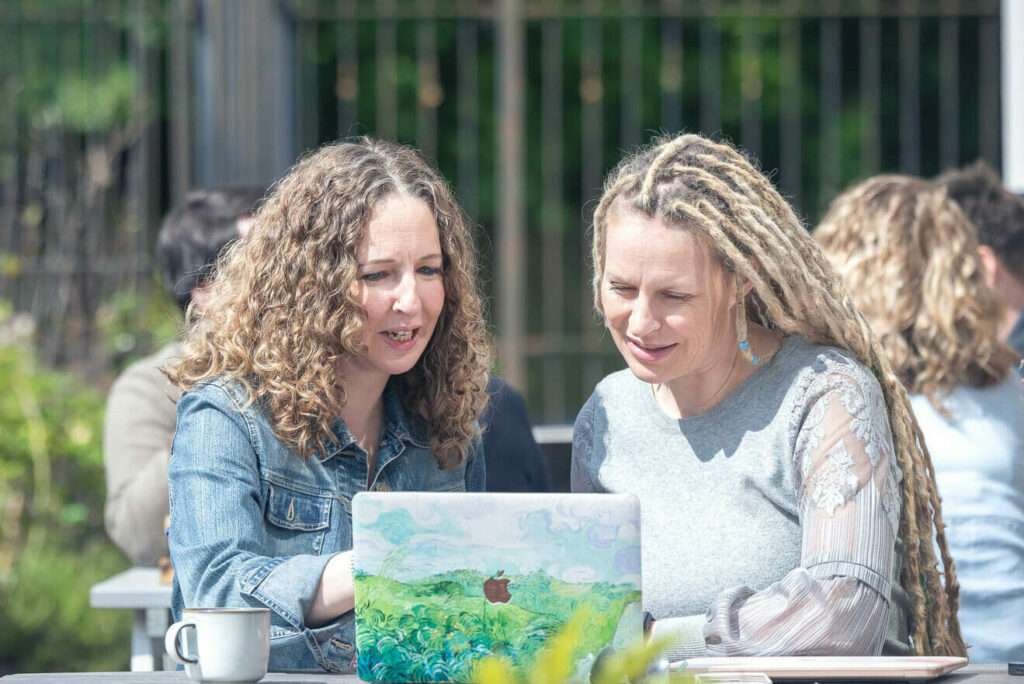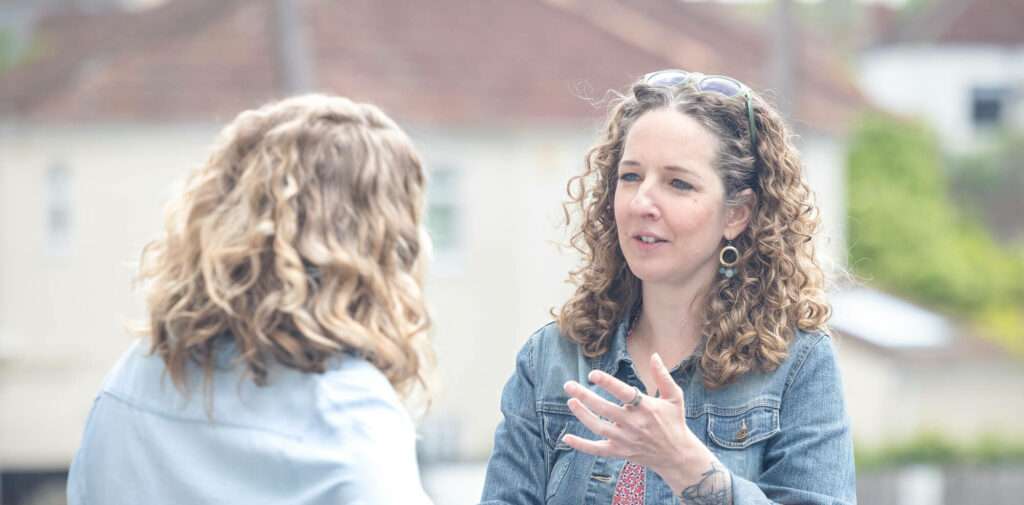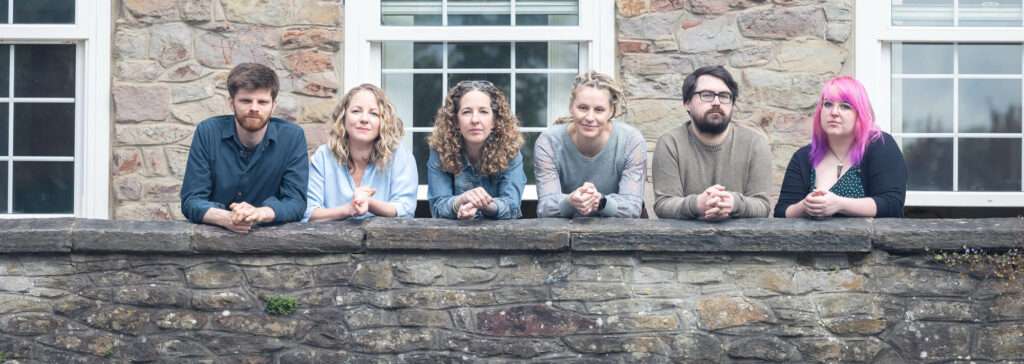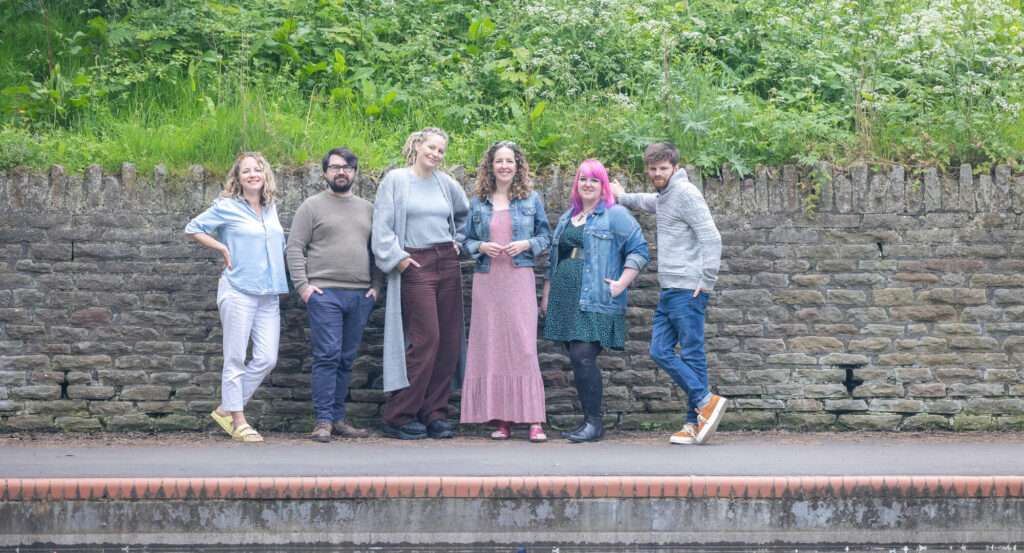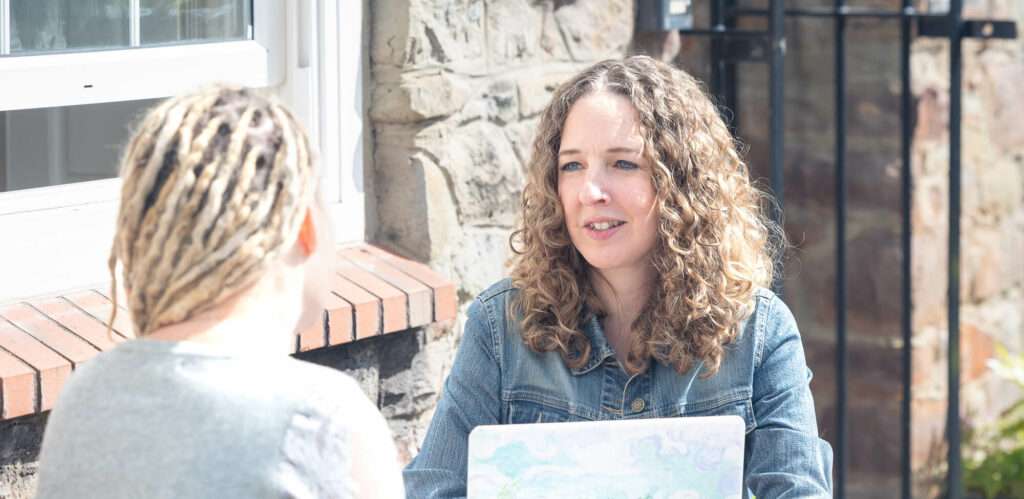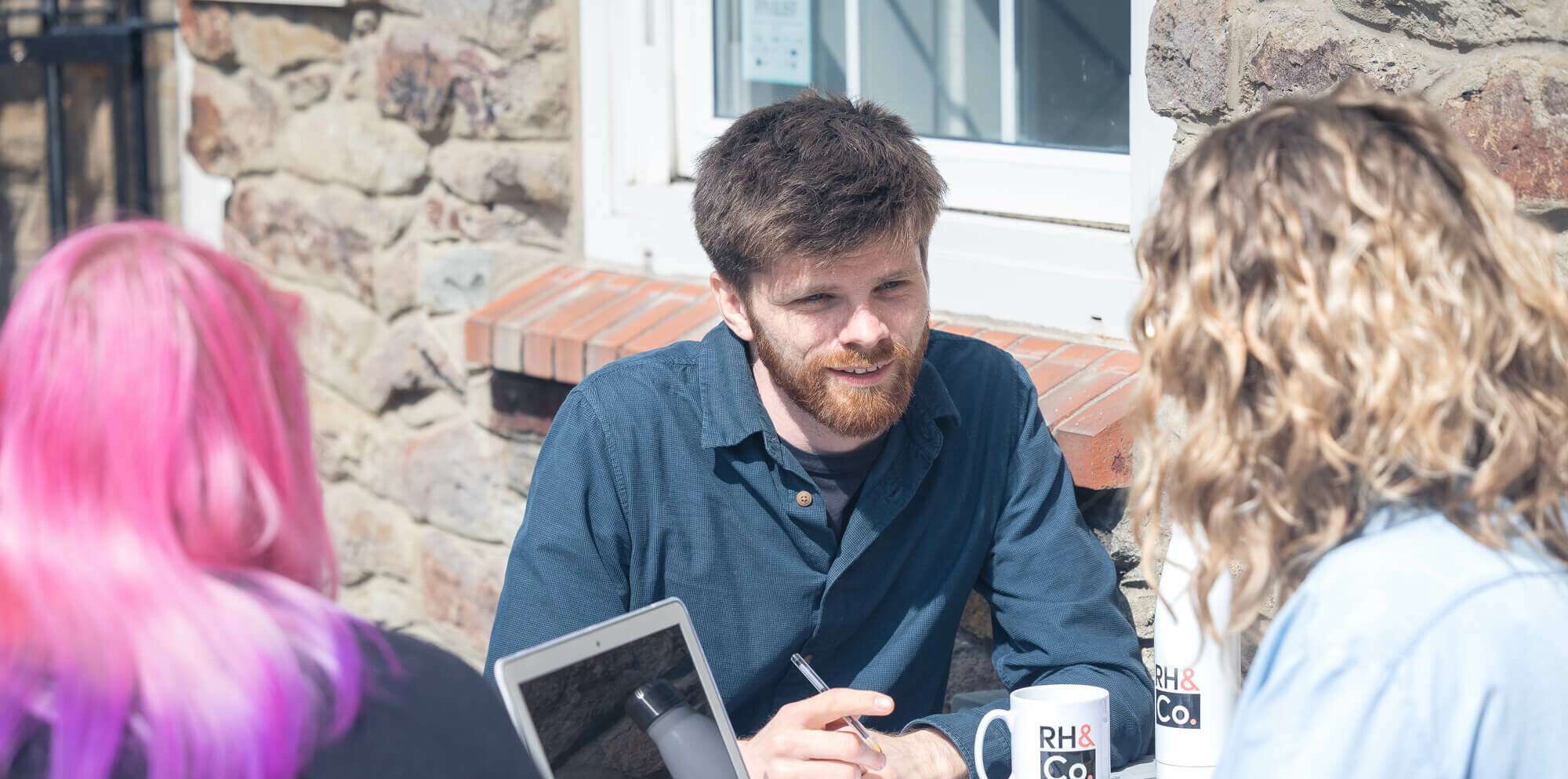
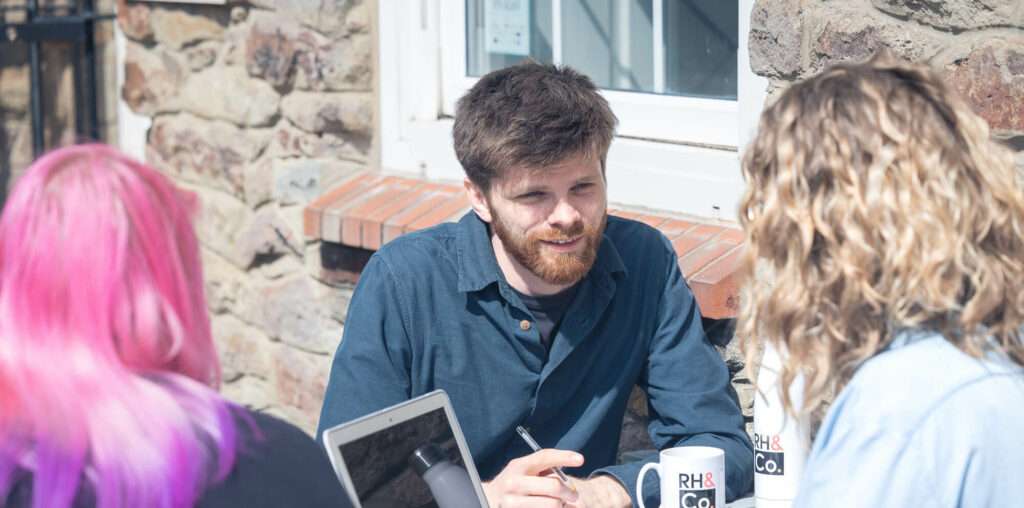
Effective case studies: the ultimate guide for business owners and marketing managers
If you say you’re good at what you do, people might be a little sceptical. If someone who has used your business says you’re good at what you do (i.e. gives you a testimonial), that’s more convincing. And if you set that endorsement within a wider context that lays out what exactly was achieved (i.e. a case study), you’re onto a real winner.
We all know that storytelling is a powerful way to engage people. The human race has been using stories – to entertain, to teach, to persuade – since the dawn of time. Good stories use the ‘show, don’t tell’ method of communication to bypass our conscious mind and tap into something much more primitive.
That’s why case studies are so effective. Or rather, why they can be so effective – if they’re done well. This is a guide for business owners and marketers who want to create genuinely effective case studies that get results.
TL:DR
- How to pick the right subject for your case study
- Transformation and benefits – the absolute essentials
- Taking it to the next level
- How to interview a client for a case study
- How to make your case studies more engaging
- How to get more eyes on your case studies
- Effective case studies – a conclusion
How to pick the right subject for your case study
Naturally when it comes to choosing the right subject for a case study, you want an example where you can show that you delivered excellent results. You’ll also need to make sure that the customer or client in question is happy to put their name to it and, ideally, get actively involved (more on that later).
Beyond this, the main thing to think about is whether the example you’re considering is a good reflection of your ideal customer, client or project. The point of a case study is to attract more of the same sort of work, so if a job wasn’t all that profitable, for example, then don’t feature it, even if the results were good.
The best case studies are the ones that highlight a particular benefit you want to promote, which are in a sector you’re planning to pursue, or have some other feature that makes them a beacon for the kinds of work that you most want to do.
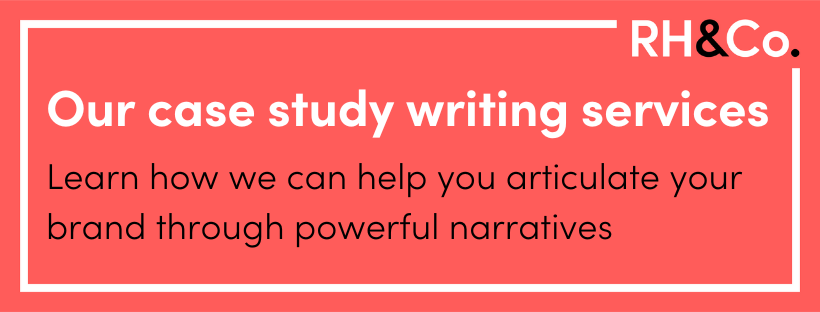
Transformation and benefits – the absolute essentials
The most important element of a case study is the transformation. You want to start out by showing the reader the situation your customer or client was in when they first engaged with your business.
Ideally, this will be a problem that they recognise themselves. Something that makes them think, “Yes, this is exactly what I’m struggling with!” Something that will compel them to keep reading because they want to know what the solution is.
Then, you want to finish with the positive difference that working with you or using your product had on their lives. That contrast – the transformation – is the foundation that every case study should be built on.
Just be sure that you’re not limiting your transformation to the practicalities. We need to go beyond features here, and focus on benefits.
For example, if you designed a new piece of software that achieves a key admin task in half the time of the manual process, that’s great. But make sure that you also talk about how customer experience has improved thanks to the faster service, and employees are happier now that they’re not spending half their day doing tedious admin tasks.
“ You can create the most powerful and well written case study in the world but if it isn’t easy to read, most people are going to give up after a couple of lines.”
Taking it to the next level
Now that you’ve got the foundations in place, you want to start building up layers of evidence that support your case study.
Hard facts
Any empirical facts that you can include will add weight to your assertions. In the example above, don’t just talk about customer experience improving – tell the reader that the client’s average Trustpilot score has increased from 4.2 to 4.8. Or that their staff turnover is down 15% on the previous year.
Direct quotes
Direct quotes are another useful way to back up your assertions, especially if your case study doesn’t naturally lend itself to tangible numbers.
In one of our case studies, our client Vaq Hussain, marketing manager at Actual Experience, said, “I would say Rin Hamburgh & Co’s strengths are not just in their writing. Rin and her team are excellent listeners. Finding the important details in what we were telling them, understanding the relevance to our audience and converting it to a usable content piece is what impressed me the most.”
If we say we’re good listeners, there’s no reason for you to believe us. If someone else says it, it’s far more convincing.
Other formats
You can also build on your case study by using a range of formats. If your customer or client is willing to give you quotes to include, why not ask them to record a video so you have a visual testimonial to share?
Or if you have lots of great facts and figures, turn them into infographics. These are easy to share, quick to process and perfect for a time-poor audience that wants to engage quickly with your content.
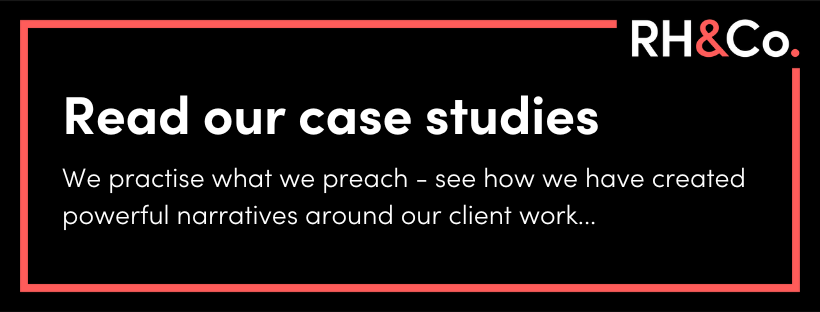
How to interview a client for a case study
If you want to use first person quotes for your case study, you’ll need to think about how to get the information you want from them. Simply asking them to write a few lines or paragraphs about their experience with you is going to get mixed results at best.
At the very least, make sure to email over a list of questions that encourages them to explore the aspects you want to focus on. For example, ask them to describe the problem that they were facing when they came to you, so you have the base for your transformation story.
If you particularly want to highlight an aspect of your product or service, make sure one of the questions leads to that. Perhaps you know that your machinery operates much more quietly than most. Be sure to ask, “How has using X impacted on noise levels at your site?”
The best scenario, however, is to actually ask your questions live. That way you can use follow up questions to explore interesting lines that emerge as you talk. Often the best and most useful nuggets of information come from pursuing what was originally a throwaway comment.
If it doesn’t feel natural to conduct an interview like this in-house – and it’s true that it can be a bit awkward to ask people to say nice things about you to your face – you can use a freelance marketer or agency such as RH&Co to do it for you.
How to make your case studies more engaging
You can create the most powerful and well written case study in the world but if it isn’t easy to read, most people are going to give up after a couple of lines. Structuring an engaging case study is very much like structuring an engaging blog post.
Subheads
Use subhead to stop the ‘scary wall of text’ effect, which is a sure fire way to put off a busy reader. Subheads can be functional, clearly showcasing what each section contains e.g. The Challenge, The Solution, The Result. Or they can be more conceptual, drawing out elements of the story.
Images
Another way to break up solid text is by using images. Some case studies will naturally lend themselves to imagery – for example, if you run an event business, you can use photographs taken at the event you’re highlighting. But more generic brand images can also work to create interest on the page – see our case studies as an example.
If your case study contains data, you can represent this visually. It doesn’t have to be a full infographic; a graph or pie chart can be enough to lift a page that would otherwise look dull or impenetrable.
Pull quotes
This refers to a single line or short paragraph of text that is highlighted in a different font size and / or colour to help it stand out from the rest of the copy. Like graphics, these provide ‘entry points’ into the page, stopping your reader from scrolling and hooking their interest so that they read more.
How to get more eyes on your case studies
Of course, in order for your readers to engage with your case studies, they first need to know that they exist. That’s why it’s important that you make them as easy to find as possible.
Optimise them for SEO
A byproduct of formatting your case study well with images and subheads is that you will add great SEO value. For images, make sure you’ve included the right keywords in both the image files and the alt text. Other areas to focus on include meta descriptions and the case study URL itself.
Make them prominent on your website
If you have a decent selection of case studies, you should have a dedicated spot on your website where your visitors can go and look through them. This should be easy to find via the menu on your website.
But don’t stop there. Use a panel on your homepage to showcase highlights and include a strong call to action to lead people through to the case study page. You can include relevant highlights on product, services and industry / sector pages too.
Share them on social media
As with blog posts, there are various ways to share your case studies. Don’t just push them out once and then forget about it. Draw out different elements of the story, share testimonial quotes and hard facts, ask questions to find out what struggles your audience is facing. And remember to tag the company and individual(s) involved so that you increase your reach.
Use them in your emails
If you’ve got a newsletter, you can use it as a platform to share new case studies as you publish them. But there are more powerful ways to use case studies in emails too.
If you use lead magnets, for example, make sure to use case studies within your nurture sequences. You can also use them within direct sales emails as a way to help overcome objections and move leads through the buying journey.
Effective case studies – a conclusion
To be effective, a case study needs to do five things.
- Be easy to find, be that on social, via search or for visitors coming to your website.
- Be easy to read. Forget an off putting wall of text. Use images, subheads and pull quotes to create entry points for your reader.
- Be built around a foundation of transformation that highlights the end benefits of your products and services.
- Speak to your ideal audience, drawing in clients who will benefit your business (and vice versa) and putting off anyone who wouldn’t be a good fit.
- Stand out from the crowd and be memorable. Use infographics or video to make an impression, and facts and testimonial quotes to back up your assertions.
If you can get your case study firing on all five cylinders, it can be an incredibly powerful tool in your marketing and sales toolkit. For support in creating case studies for your business, get in touch with us on talktous@rin-hamburgh.co.uk or call 0117 990 2690.



